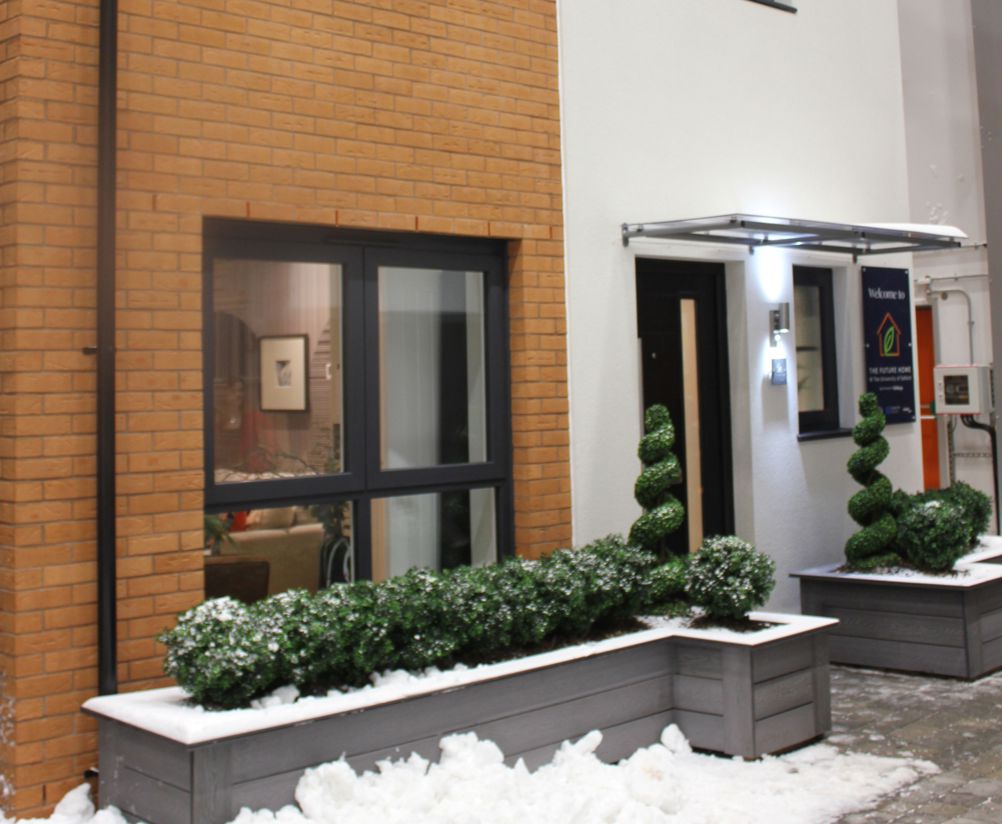Energy House 2.0 saw two prototype homes built inside a bespoke chamber that could test the structures in extremes of hot and cold, delivered by housebuilders Barratt Developments and Bellway, and construction solutions provider Saint-Gobain. The homes were put through rigorous fabric testing in the chamber, which can recreate environmental conditions with temperatures ranging from -20c to 40c, as well as simulated rain, wind, snow, and sun.
Both homes, which were constructed using different methods, had a small difference of up to 8 per cent between the anticipated performance when designed, when compared to the actual performance when tested in climate-controlled conditions. According to the Salford team, this makes the homes amongst the most efficient that have been tested in research conditions. It also demonstrates that the imminent Future Homes Standard can be delivered at scale by 2025, providing that the supply chain of key components can keep pace and skills training is readily available.
“The challenge for the construction sector over the next decade is being able to deliver Future Homes Standards houses at scale,” said Professor Richard Fitton, of Energy House 2.0 at the University of Salford. “In the past year, Barratt Developments and Bellway built over 28,000 homes, so the scale of the change is significant. Working with product provider, Saint Gobain, this industry collaboration is truly groundbreaking.

“Both houses performed well on our fabric testing with valuable lessons that they can use when designing and building homes in the field and about the types of materials we need to create homes that lose only a very small amount of their heat. Typically, the performance of new build homes compared to the designed specification can vary between 5 per cent and 140 per cent.”
Over the next few months, further research will focus on how homes can maintain heating, hot water and healthy living conditions using low carbon technologies. Further testing later this year will look at how effective different types of electrified heating systems are within the homes.
“The results have showed both homes have performance within the top end of this performance gap and with additional learnings, modifications can be made to further improve the performance of these homes,” Prof Fitton continued.
“Without Energy House 2.0 this type of testing would take significantly longer to complete but thanks to the fact we can control temperature to within 0.5c we have been able to get meaningful data in a matter of months.”











Radio wave weapon knocks out drone swarms
I hope they have assessed how easy it is to shield a drone against the attack. Hopefully the shielding would add too much weight.